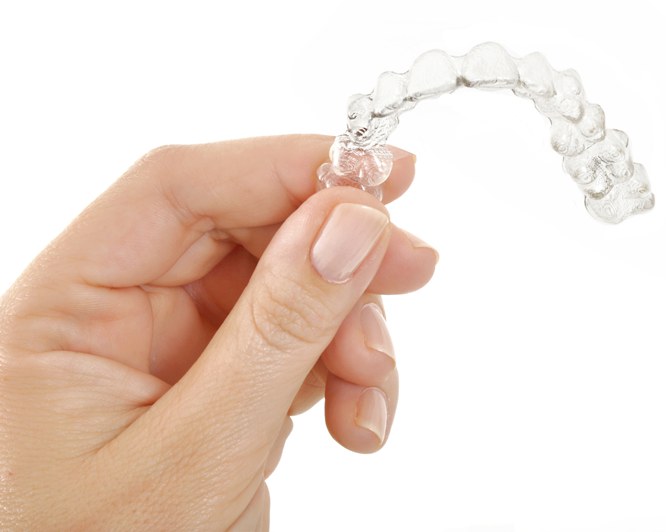
Braces are the most efficient and accurate way of moving teeth. They are fixed to the teeth for the duration of active orthodontic treatment. Braces consist of the following components:
- Brackets are "handles" which are bonded to the outside surface of teeth. Silver brackets are the most common type, but clear brackets are also available. Self-ligating brackets have a mechanism which locks the bracket to the archwire without the need for modules or tie-wires.
- Archwires deliver the force to move teeth.
- Ligatures are tiny rubber rings or fine twisted wires used to tie the archwire to each bracket (not self ligating brackets). The rubber rings are usually grey, but coloured ligatures have become popular.
- Bands are flat metal rings cemented around a tooth to provide a stonger means of attaching a bracket (or any other type of fitting). If required, these are only placed on the back teeth.
RME’s are generally used expand a narrow upper arch. The RME is ‘glued’ around a back molar tooth on each side of the mouth, and removed after the expansion process has occurred and has stabilised. A key is used to turn the expander at the times directed by the orthodontist. Marking the times on a calendar and ‘ticking‘ once this has occurred allows you to record the appliance activation. It is normal for a space to suddenly appear between the front teeth, this is temporary.
